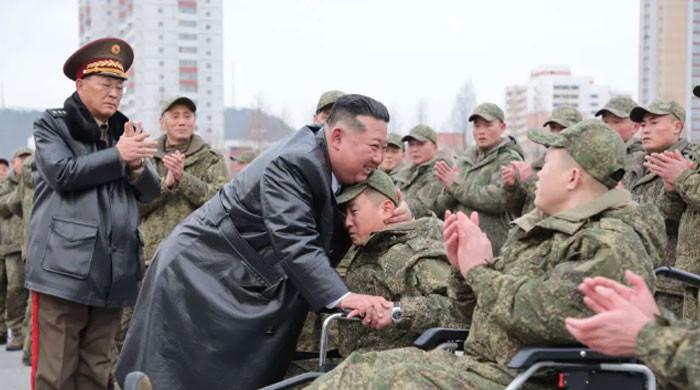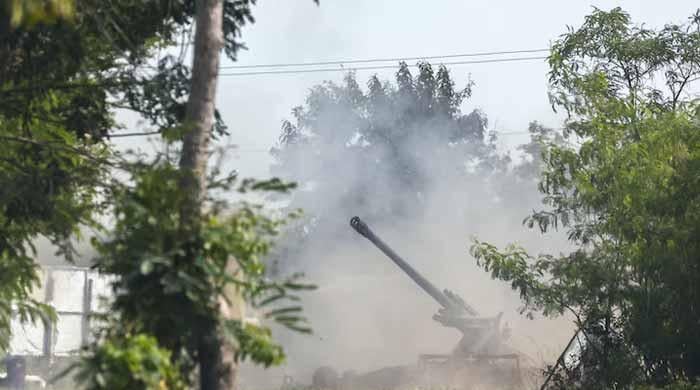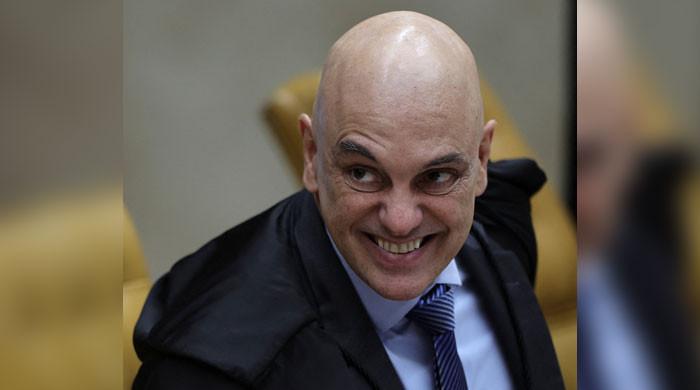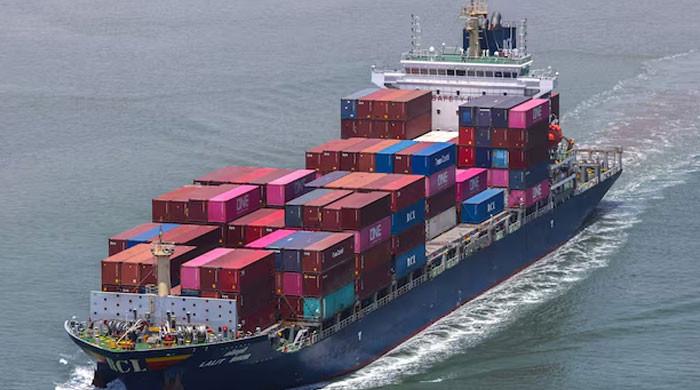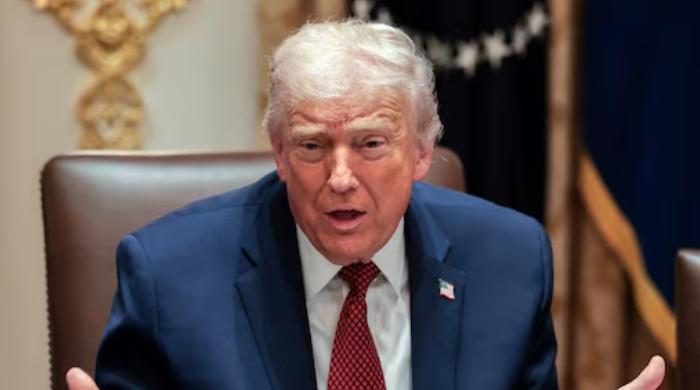Under Trump, prosecutors fight reprieves for people facing deportation
The trend underscores how the Trump administration’s broad crackdown on illegal immigration has sometimes had unintended consequences
March 30, 2018
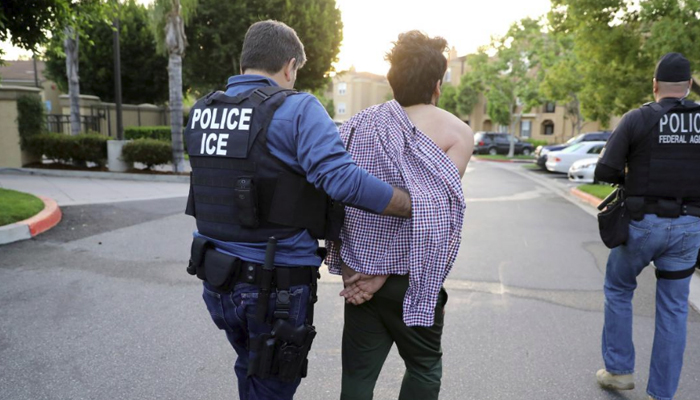
NEW YORK: The Trump administration has sharply curtailed a once-common practice of granting long-term reprieves to immigrants targeted for deportation, a Reuters analysis of court records shows, adding to an already huge backlog of cases in US immigration courts.
The trend underscores how the Trump administration’s broad crackdown on illegal immigration has sometimes had unintended consequences. Attorney-General Jeff Sessions had vowed to reduce that case backlog, but the government’s aggressive opposition to reprieves has caused the opposite to happen.
Under a procedure known as “administrative closure,” judges can indefinitely shelve deportation cases of immigrants who have lived illegally for years in the United States but have not committed serious crimes and have strong family or other ties in the country.
The immigrants are not granted full legal status and their cases can be reopened at any time. In the interim, however, they can remain in the country and are often eligible to work legally.
The practice became more common after the Obama administration instructed prosecutors in 2011 to prioritize immigration cases involving criminals. Closures accelerated further after a 2012 decision by the Board of Immigration Appeals, which gave judges additional authority to close cases.
As a result, the number of shelved cases rose steadily for several years. In the last year of the Obama administration, more than 56,000 such cases were closed, the Reuters analysis of court records found.
In the first year after Donald Trump became president, the trend was sharply reversed, with about 20,000 cases closed, 64 percent fewer than the previous year.
Immigrant advocates say some of the most vulnerable immigrants — victims of domestic violence and unaccompanied minors — could potentially be deported even though they are eligible for a visa because the courts will not set their cases aside.
In January, Sessions announced he will review a recent decision of the Board of Immigration Appeals and consider whether judges should have authority to close cases. He sought legal arguments from all sides as he considers the matter.
In a December speech, Sessions skewered the Obama administration for closing “nearly 200,000 pending immigration court cases without a final decision” over a five-year period. “We are completing, not closing, immigration cases”, he said.
About 542,000 cases were pending three weeks before Trump took office in January 2017, according to a Department of Justice estimate. Since then, the backlog has grown by another estimated 145,000 cases, a 27 percent increase.
In comparison, the Obama administration added an average of 41,000 cases to the backlog each year, according to data from the Transactional Records Access Clearinghouse (TRAC), a New York-based research organization.
Opposing views
Trump was elected on a platform of tightening border security and speeding the removal of people living in the country illegally. Early in his presidency, he announced that all categories of immigrants in the country illegally would be considered targets for deportation.
Justice Department spokesman Devin O’Malley declined to comment on Reuters’ findings and on when Sessions might conclude his review of whether judges can close cases.
Groups advocating stricter immigration enforcement have long opposed the policy of administrative closure.
“We see this as one more example of attempts by the Obama administration to work around the rules of law,” said Michael Hethmon, senior counsel with the conservative Immigration Reform Law Institute in Washington.
In a legal filing in the Sessions’ review, the American Bar Association cautioned that “withdrawal of administrative closure ... would have profound and long-lasting consequences on the operation of the immigration adjudication system and the lives of those who must proceed through it.”
Supporters of the policy also say it allows judges to focus on cases involving criminals and ones in which an immigrant has little possibility of gaining legal status. They note that many of the closed cases involved immigrants who had applications pending for legal status, through asylum claims, marriages to citizens or other means.
Running from the gangs
After gangs shot her father, paralyzing him and placing him permanently in a wheelchair, Jennifer Mendoza fled Honduras by herself in 2016. She was 10 years old.
She was detained after crossing the border, placed in deportation proceedings and held for four months at a facility for unaccompanied minors in Texas until she could be reunited with her mother, Ruth. The two applied for a U visa, which is granted to undocumented immigrants who are victims of violent crime and who help law enforcement try to catch the perpetrators.
In February this year, Mendoza moved to close her deportation case while she waited for a decision on her visa. The immigration court judge agreed, but the government lawyer objected and appealed. The case is now pending at the Board of Immigration Appeals.
Mendoza’s lawyer, Vicky Dobrin, said the case shows how aggressively the government is fighting closures. Prosecutors used to routinely support closing cases like Mendoza’s, said Dobrin.
“Within a few months they were starting to oppose everything,” she said.
During the last four years of the Obama administration, prosecutors appealed less than one percent of all case closures. Since Trump took office in January 2017, ICE prosecutors have appealed decisions to close cases 10 times more often, Reuters found.
Ashley Tabaddor, president of the immigration judges’ union, said the pushback from prosecutors has meant more work for judges.
“The case is going to take much longer and is going to take more resources,” she said.




